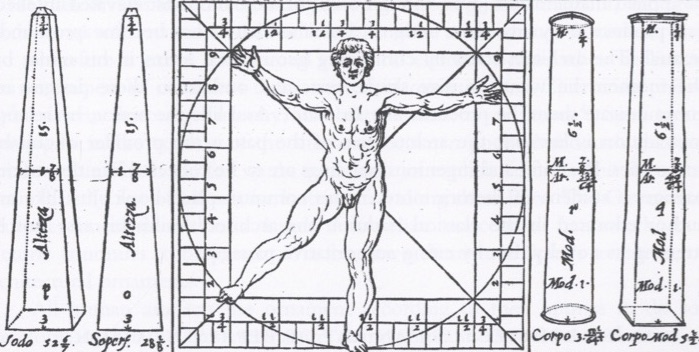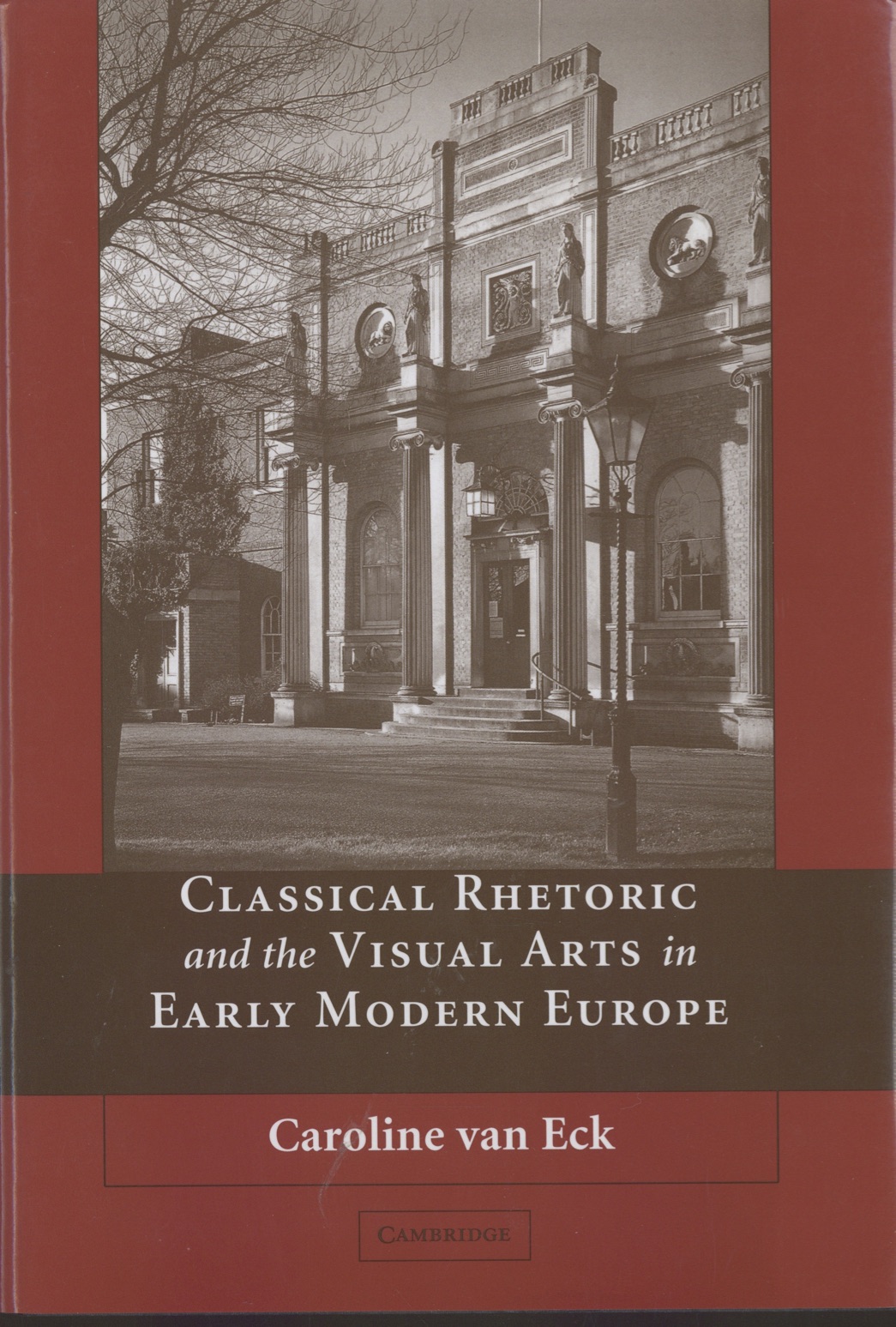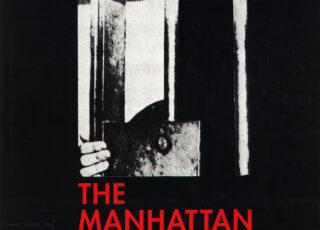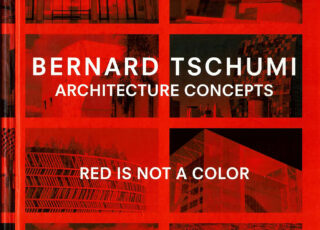
- _English Language
- 17th Century
- Architecture + Philosophy
- Architecture and Literature, Symbolism
- Art Theory
- Renaissance
Van Eck, Classical Rhetoric and the Visual Arts in Early Modern Europe
In this book, Caroline van Eck examines how rhetoric and the arts interacted in early modern Europe. She argues that rhetoric, though originally developed for persuasive speech, has always used the visual as an important means of persuasion, and hence offers a number of strategies and concepts for visual persuasion as well. The book is divided into three major sections – theory, invention, and design. Van Eck analyzes how rhetoric informed artistic practice, theory, and perception in early modern Europe. This is the first full-length study to look at the issue of visual persuasion in both architecture and the visual arts, and to investigate what roles rhetoric played in visual persuasion, both from the perspective of artists and that of viewers.
Download
Van Eck_Classical Rhetoric and the Visual Arts in Early Modern Europe.pdf
Van Eck_Classical Rhetoric and the Visual Arts in Early Modern Europe.txt
Van Eck_Classical Rhetoric and the Visual Arts in Early Modern Europe.html
Van Eck_Classical Rhetoric and the Visual Arts in Early Modern Europe.jpg
Van Eck_Classical Rhetoric and the Visual Arts in Early Modern Europe.zip



